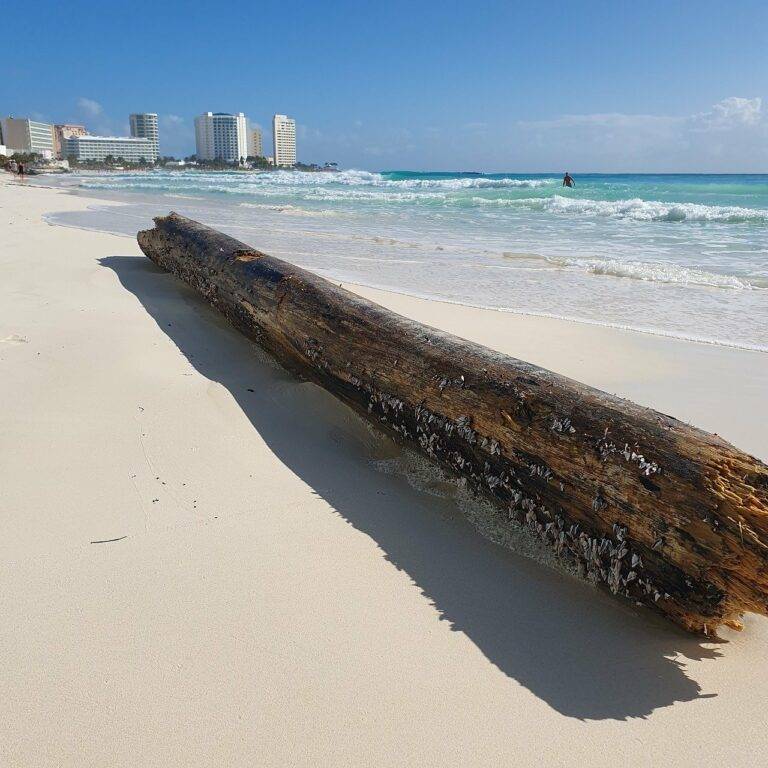The Future of Space Tourism: Journeying Beyond Earth’s Atmosphere
Space tourism poses a myriad of challenges that must be addressed before it can become a mainstream industry. One pressing issue is the immense financial cost associated with space travel, making it an experience only accessible to the ultra-wealthy. Additionally, the safety of space tourists remains a major concern, as the space environment is inherently risky and fraught with potential dangers.
Furthermore, the lack of infrastructure in space to support regular tourism activities presents a significant obstacle. From accommodation and waste management to navigation and emergency protocols, designing and implementing these systems in a harsh and unforgiving environment like space is no easy feat. As the industry continues to grow and evolve, finding sustainable solutions to these challenges will be crucial for the long-term success of space tourism.
Current State of Space Tourism Industry
The current state of the space tourism industry is marked by significant advancements in technology and increasing interest from both private companies and governments. Companies like SpaceX, Blue Origin, and Virgin Galactic are actively developing spacecraft and infrastructure to enable commercial space travel for civilians. These companies have made impressive progress in testing suborbital flights and are now working towards achieving orbital space tourism.
Despite the progress made in the industry, space tourism still faces numerous challenges that need to be addressed. Cost remains a significant barrier for most individuals, as tickets for a spaceflight can reach the millions. Safety concerns also play a crucial role in the development of this industry, as ensuring the well-being of passengers during space travel is paramount. Moreover, regulatory frameworks and international agreements need to be established to govern the operations of space tourism and address potential ethical and legal issues that may arise.
Potential Impact on Earth’s Environment
The emerging trend of space tourism has raised concerns about its potential impact on Earth’s environment. The rockets used for space travel emit large amounts of greenhouse gases, contributing to climate change and air pollution. Additionally, the space tourism industry’s reliance on non-renewable resources for rocket fuel and spacecraft production further depletes Earth’s already limited resources.
Furthermore, the launching and landing of spacecraft in various locations around the world can disrupt local ecosystems and wildlife habitats. The noise and heat generated during rocket launches can disturb wildlife and potentially damage fragile ecosystems. These environmental consequences highlight the need for the space tourism industry to develop more sustainable practices to minimize its impact on Earth’s environment.
What are some of the challenges of space tourism?
Some of the challenges of space tourism include high costs, safety concerns, limited infrastructure, and potential environmental impacts.
What is the current state of the space tourism industry?
The space tourism industry is still in its early stages, with companies like SpaceX, Blue Origin, and Virgin Galactic leading the way in developing commercial space travel.
How could space tourism potentially impact Earth’s environment?
Space tourism could potentially impact Earth’s environment through increased greenhouse gas emissions from rocket launches, space debris, and disruption to ecosystems near launch sites.
What measures are being taken to mitigate the environmental impact of space tourism?
Companies in the space tourism industry are exploring more sustainable rocket fuels, developing reusable rocket technology, and working with environmental organizations to minimize their impact on the planet.





